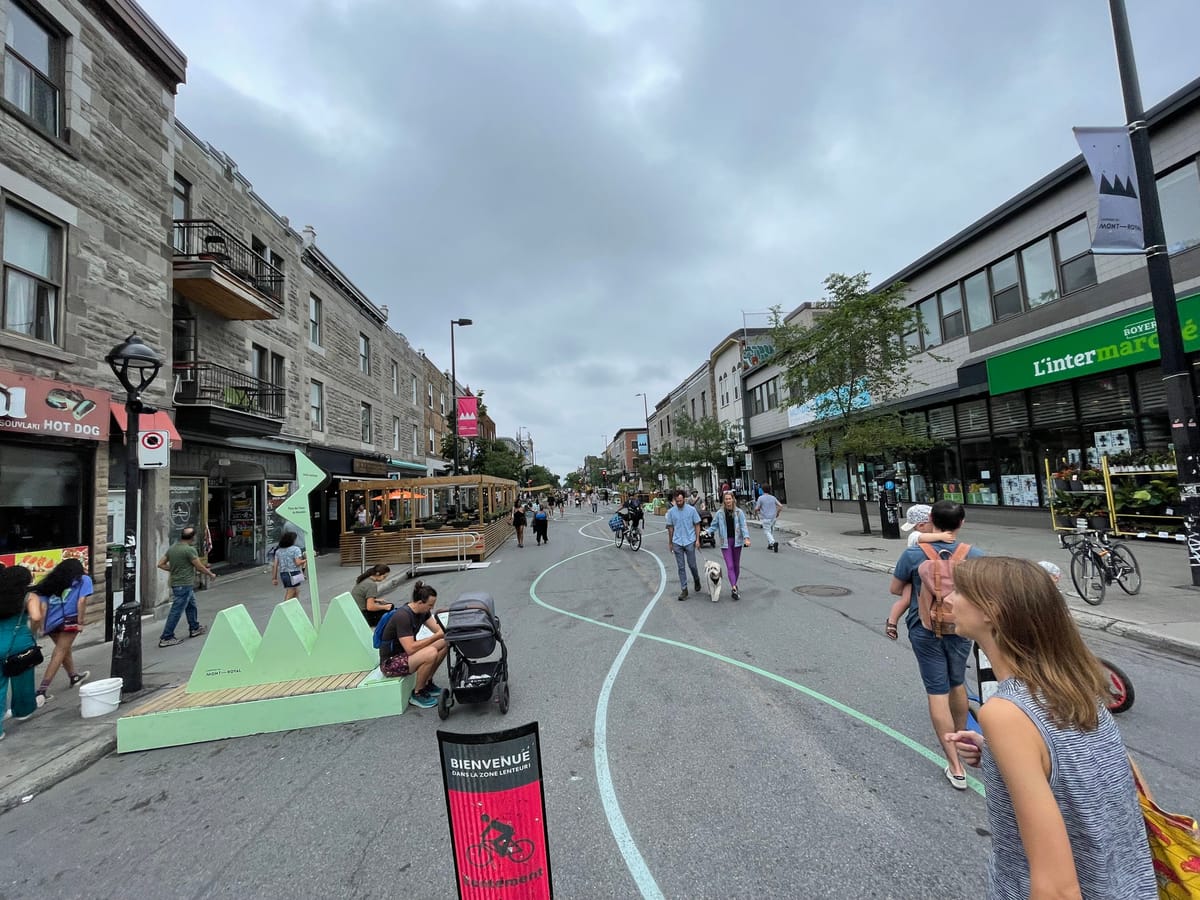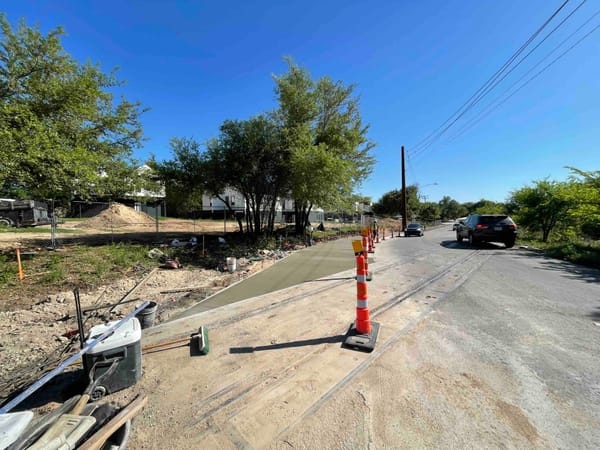Democracy hurts
NIMBYs can't accept that voters don't agree with them.

We are nearing the 10th anniversary of the first elections for the first "10-1" Council.
In case you need reminding...in the nine decades or so prior to 10-1, City Council had been made up of the mayor and six "at-large" Council members who all represented the entire city. Elections were held in May, when most people aren't even aware there's an election.
It was a system of government designed with a particularly strong elite bias.
In a presidential election, those who vote are older, richer and whiter on average than the overall population, but the electorate at least resembles the population as a whole. But in an election that takes place in May, the electorate looks nothing like the general population. The difference in turnout between wealthy West Austin neighborhoods and poor East Austin neighborhoods is gigantic.
The result was that even if the five Council members were technically representing the entire city, they were naturally attuned to the concerns of West and Central Austin, because that’s where the votes were. So both the May elections and the at-large system worked to further marginalize groups that were already underrepresented in politics.
Whether due to a genuine recognition of the system's injustice or due to a fear of a federal civil rights challenge that would result in even greater minority representation, Austin's political class began in the early 1970's to abide by an unwritten "gentleman's agreement" that reserved one seat on the Council for Hispanics and one for Blacks. It was a decidedly awkward situation that was not tenable in a purportedly progressive city.
Hence the campaign in 2012 for two distinct alternatives to the at-large system. One campaign, led by veteran political operative David Butts, supported an "8-2-1" system consisting of a mayor, two at-large representatives and eight district representatives. Another campaign, led by fellow longtime politico Peck Young, supported the 10-1 system. Voters opted for the latter.
What did 10-1 change?
City politics has certainly changed in the past decade, but it’s hard to know to what extent the changes are due to 10-1 or other factors.
There are only a few changes that I will confidently attribute to geographic districts: it increased geographic diversity on Council (duh), increased Hispanic representation and it gave conservatives a shot to get elected.
Black representation declined because instead of having one of six seats reserved for a Black CM, there is now only one of 10 Council districts with a significant Black population –– and even District 1 is not plurality-Black.
But what about some of the big policy themes, from the aggressive progressive advocacy of the Casar era (paid sick leave, homeless camping, police cuts) to the recent triumph of the YIMBY/urbanist agenda? Was that the result of geographic districts?




